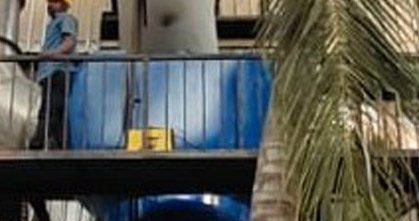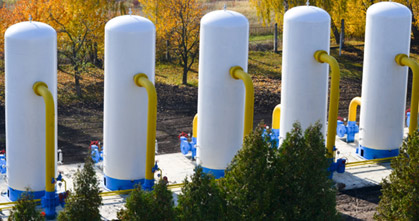Counter-current alkali scrubbers, also known as counter-flow wet scrubbers, play a crucial role in various industries for mitigating air pollution. They are highly effective at removing acidic gases such as hydrogen sulphide (H2S) and hydrogen chloride (HCl) from industrial emissions using alkali scrubbing solutions solutions.
The fundamental principle behind these scrubbers is counter-flow, where the polluted gas and t
Counter-current alkali scrubbers, also known as counter-flow wet scrubbers, play a crucial role in various industries for mitigating air pollution. They are highly effective at removing acidic gases such as hydrogen sulphide (H2S) and hydrogen chloride (HCl) from industrial emissions using alkali scrubbing solutions solutions.
The fundamental principle behind these scrubbers is counter-flow, where the polluted gas and the alkali solution travel in opposite directions within the scrubber. This design maximizes their interaction, ensuring efficient absorption and neutralization of acidic pollutants. As the contaminated gas passes through the scrubber, the alkali solution is introduced from above, creating optimal conditions for converting acidic gases into harmless compounds or salts.
Counter-current alkali scrubbers have several advantages, including exceptional removal efficiency, a compact design that saves space, and the ability to handle high gas flow rates. However, it is crucial to take various factors into account when designing and operating these systems, such as the specific characteristics of the pollutants, desired removal efficiency levels, and available space constraints.










